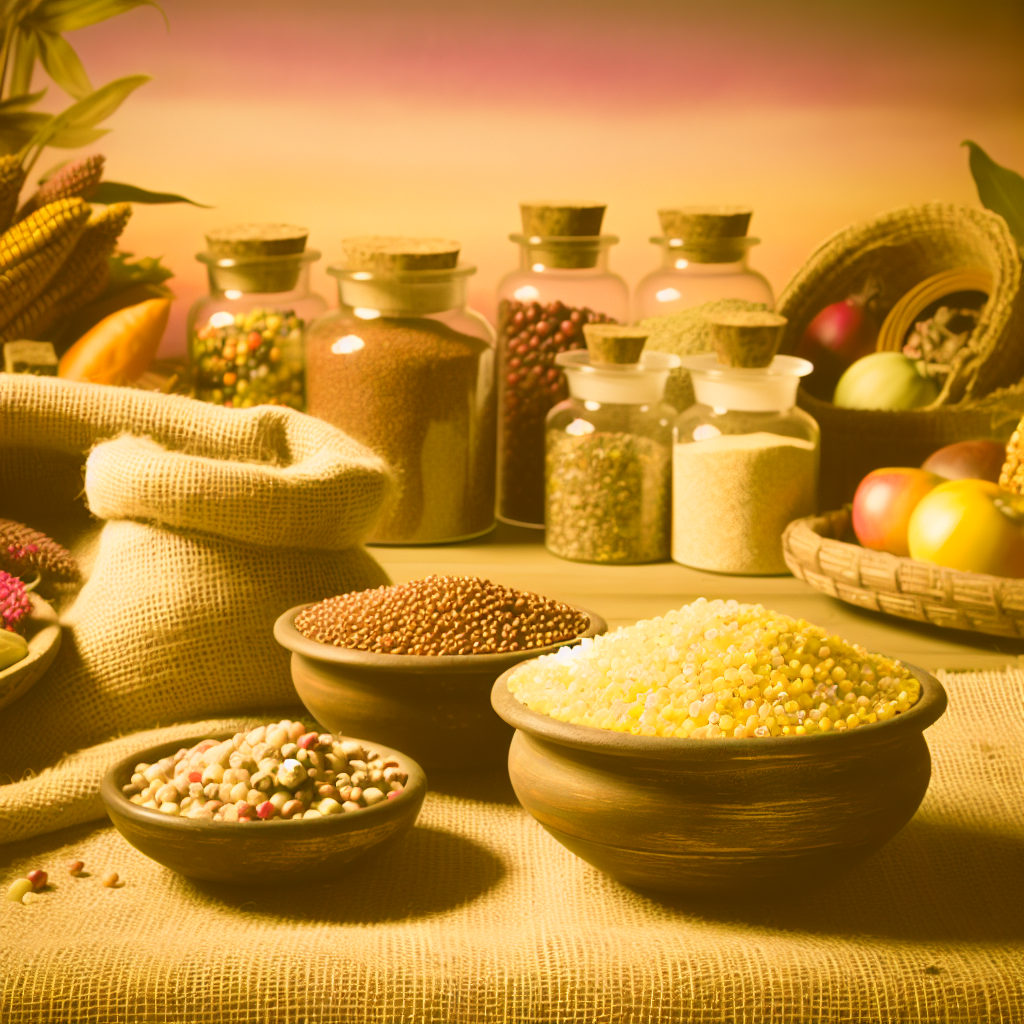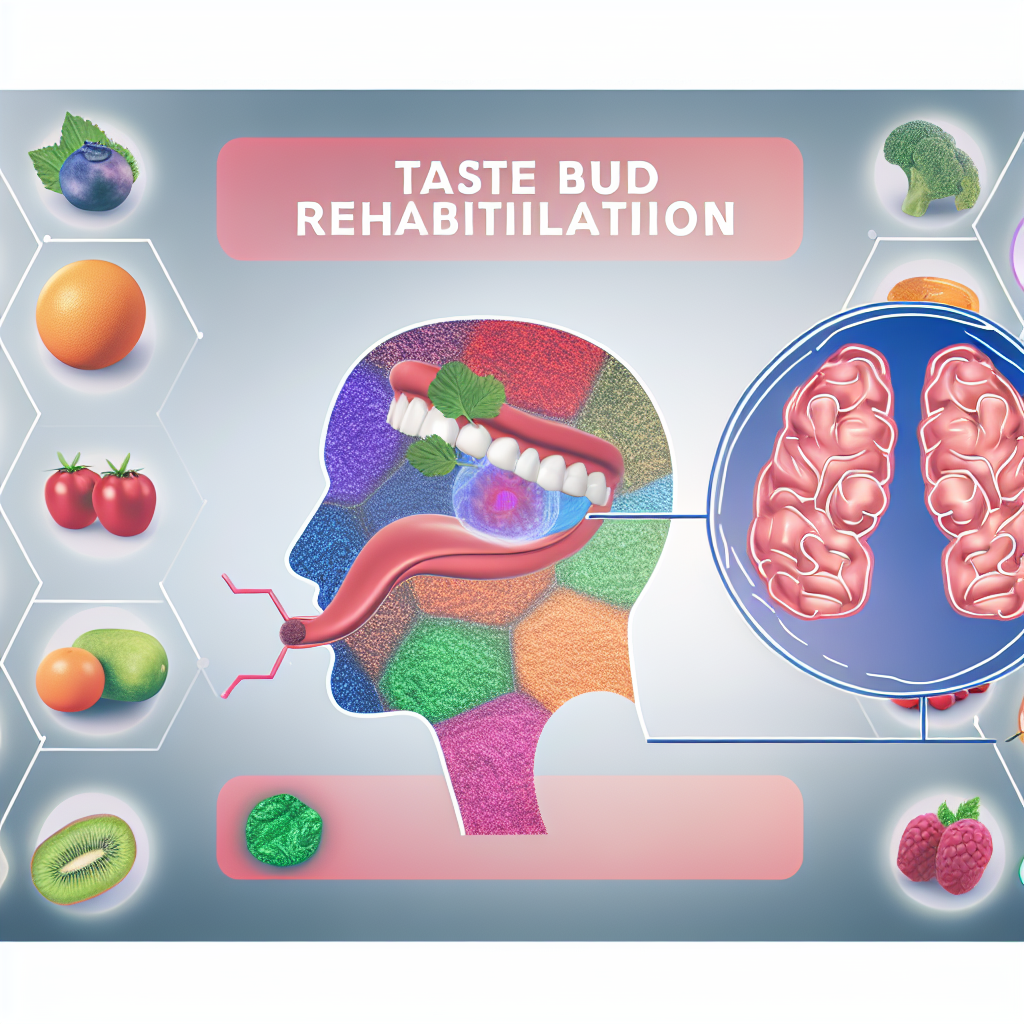# Lost Grains Renaissance: Ancient Cereals in Modern Therapeutic Diets
Discover how ancient grains are reclaiming their place in today’s wellness diets, bridging time-tested tradition with evidence-based healing.
## The Return of Sacred Seeds: Ancient Grains in the Modern World
In the 21st-century health landscape, the quest for natural healing methods and dietary balance has led to the rediscovery of ancient foods that once formed the foundation of human diets. Among these lost superfoods are ancient grains—nutritious, heirloom cereals that are re-emerging as vital components in modern therapeutic and holistic diets.
Unlike the processed grains commonly consumed today, ancient grains such as einkorn, spelt, teff, amaranth, millet, and fonio have existed largely unchanged for thousands of years. These cereals are renowned for their dense nutrient profiles, high fiber content, and therapeutic potential in combating inflammation, metabolic disorders, and gastrointestinal issues.
People searching for natural remedies in the face of modern chronic illnesses like celiac disease, leaky gut syndrome, Type 2 diabetes, and autoimmune conditions are turning toward traditional grains as a form of medicinal nutrition — a concept that is gaining traction within integrative and functional medicine circles.
Unlike hybridized modern wheat, which often contains altered gluten structures and higher starch content, many ancient grains offer a more digestible profile and are naturally gluten-free or contain lower gluten content, making them tolerable for gluten-sensitive individuals.
As mainstream medicine increasingly recognizes the benefits of whole foods and plant-based interventions, ancient grains align perfectly with preventative dietary approaches. Their combination of slow-digesting carbohydrates, bioactive phytochemicals, and essential nutrients ensures not only sustained energy release but also holistic wellness effects ranging from improved gut microbiota diversity to lowered systemic inflammation.
Furthermore, these grains carry with them centuries of cultural and ethnomedicinal history. Civilizations from Northern Africa to the Americas harnessed these crops not just for sustenance but also in rituals and remedies, illustrating their integral role in human wellness and spiritual life. Today’s renaissance of lost grains is more than just a dietary trend — it is a revival of ancient wisdom aligned with contemporary science, offering new hope in the field of natural healing.
Whether you are looking for herbal solutions to gut health, trying to manage blood sugar through nutrient-dense foods, or seeking healthy substitutes for allergenic flours, ancient grains offer a bridge between the traditional and the therapeutic. As our diets become more conscious and functional, the healing power of lost grains reclaims its rightful place at our table.
## Ancient Grains Under the Microscope: Science-Backed Nutrition and Healing
Contemporary research supports the inclusion of ancient grains in clinically-influenced dietary interventions. A study published in the journal *Nutrients* highlights the benefits of whole grains, particularly those preserved in their original form, such as spelt, amaranth, and teff. Researchers discovered that diets incorporating a variety of ancient grains lowered markers of systemic inflammation and improved oxidative stress in participants with metabolic syndrome ([Source](https://www.mdpi.com/2072-6643/6/9/3909)).
A clinical trial conducted by the University of Florence evaluated the effects of Kamut® khorasan wheat—a form of ancient wheat—on cardiovascular health. Results indicated that consumption of Kamut® products significantly lowered LDL cholesterol, reduced blood glucose, and improved antioxidant status compared to modern wheat varieties ([Source](https://pubmed.ncbi.nlm.nih.gov/24041900/)). These attributes are crucial in holistic treatment protocols for heart disease, diabetes, and inflammatory disorders.
Moreover, a 2021 review on gluten-related disorders suggested that some ancient wheats, including einkorn and emmer, exhibit lower immunoreactivity, making them potentially safer alternatives for those with non-celiac wheat sensitivity (NCWS) ([Source](https://www.ncbi.nlm.nih.gov/pmc/articles/PMC8131335/)). While not suitable for individuals with celiac disease, these grains may benefit those experiencing bloating, fatigue, or joint pain associated with modern wheat consumption.
## From Serotonin to Stress: Ancient Grains and Mental Wellbeing
Ancient grains also shine in support of mental wellbeing. Millet, for example, is rich in tryptophan—an amino acid precursor to serotonin, the neurotransmitter responsible for mood regulation. Teff is fortified with significant levels of iron and magnesium, both vital for neural health and stress management.
A study in *Frontiers in Psychiatry* linked diets high in whole, unprocessed grains with a reduced risk of depression and anxiety ([Source](https://www.frontiersin.org/articles/10.3389/fpsyt.2019.00117/full)). By nourishing the gut, balancing blood sugar, and reducing cortisol levels, these heritage grains create a domino effect supporting long-term emotional and cognitive health.
## Gut Health and Beyond: Healing the Microbiome With Ancient Grains
Digestive health is another core area where ancient grains offer therapeutic benefit. Their high fiber content supports gut motility and contributes to the growth of beneficial microbiota. Fiber-rich grains like barley (an ancient cereal commonly used in Traditional Chinese Medicine) have been shown to enhance short-chain fatty acid (SCFA) production, leading to reductions in colon inflammation and improved immune function ([Source](https://www.ncbi.nlm.nih.gov/pmc/articles/PMC6520897/)).
Emerging research is also investigating the presence of unique phenolic compounds and antioxidants in ancient cereal varieties. These bioactive compounds, rare in modern grains bred for yield over nutrition, help combat free radicals and cellular degeneration. Grains like fonio and amaranth—once staples in African and Mesoamerican diets—are proving to be treasure troves of micronutrients, including magnesium, zinc, and polyphenols that support detox pathways and mitochondrial health.
## The Herbal Connection: Synergizing Ancient Grains With Plant Medicine
The synergy between ancient grains and herbal medicine is another exciting frontier. For example, combining fiber-dense grains such as einkorn or millet with gut-healing herbs like slippery elm, licorice root, or marshmallow root can enhance mucosal healing and reduce intestinal permeability (“leaky gut”).
In Traditional African Herbal Medicine, fonio is often paired with bitter herbs for liver cleansing and metabolic support. Likewise, in Ayurveda, amaranth is consumed with digestive spices like cumin and ajwain to optimize nutrient absorption. This integrative approach amplifies both the nutritional and medicinal impact, offering a comprehensive method to restore balance throughout the entire digestive and endocrine systems.
## Conclusion: Nourishing the Future With the Wisdom of the Past
The renaissance of ancient grains is not merely a nostalgic return to the past but a forward-thinking embrace of nutritional integrity, sustainability, and therapeutic value. These heritage cereals bridge modern nutritional science with time-tested healing traditions, providing a potent path for those seeking natural cures and lifelong wellness.
As our understanding of the gut-mind-body connection deepens, incorporating ancient grains into one’s daily nutrition becomes a practical, evidence-based strategy for managing chronic illnesses, boosting immunity, and restoring digestive harmony. From teff to millet, each grain carries both cultural significance and functional power: after centuries of obscurity, they offer us an ancient solution to modern problems.
By choosing lost grains, we not only enrich our diets but also honor the origins of our food heritage. Whether you’re managing a specific condition, enhancing your natural health protocol, or simply eating more mindfully, ancient grains can serve as a cornerstone in your holistic wellness journey.
## References
1. [Health Benefits of Ancient Grains: *Nutrients*](https://www.mdpi.com/2072-6643/6/9/3909)
2. [Kamut Study – Cardiovascular & Antioxidant Impact (*PubMed*)](https://pubmed.ncbi.nlm.nih.gov/24041900/)
3. [Ancient Grains and Gluten Sensitivity (*NCBI*)](https://www.ncbi.nlm.nih.gov/pmc/articles/PMC8131335/)
4. [Whole Grains and Mental Health (*Frontiers in Psychiatry*)](https://www.frontiersin.org/articles/10.3389/fpsyt.2019.00117/full)
5. [SCFA Production With Whole Grains (*NCBI*)](https://www.ncbi.nlm.nih.gov/pmc/articles/PMC6520897/)
Concise Summary:
Ancient grains like einkorn, spelt, teff, amaranth, millet, and fonio are making a comeback in modern therapeutic diets. These nutrient-dense, time-tested cereals offer benefits for gut health, mental wellbeing, and chronic conditions like diabetes and inflammation. By bridging traditional wisdom with contemporary science, the renaissance of lost grains provides a holistic path to natural healing and lifelong wellness.

Dominic E. is a passionate filmmaker navigating the exciting intersection of art and science. By day, he delves into the complexities of the human body as a full-time medical writer, meticulously translating intricate medical concepts into accessible and engaging narratives. By night, he explores the boundless realm of cinematic storytelling, crafting narratives that evoke emotion and challenge perspectives.
Film Student and Full-time Medical Writer for ContentVendor.com




